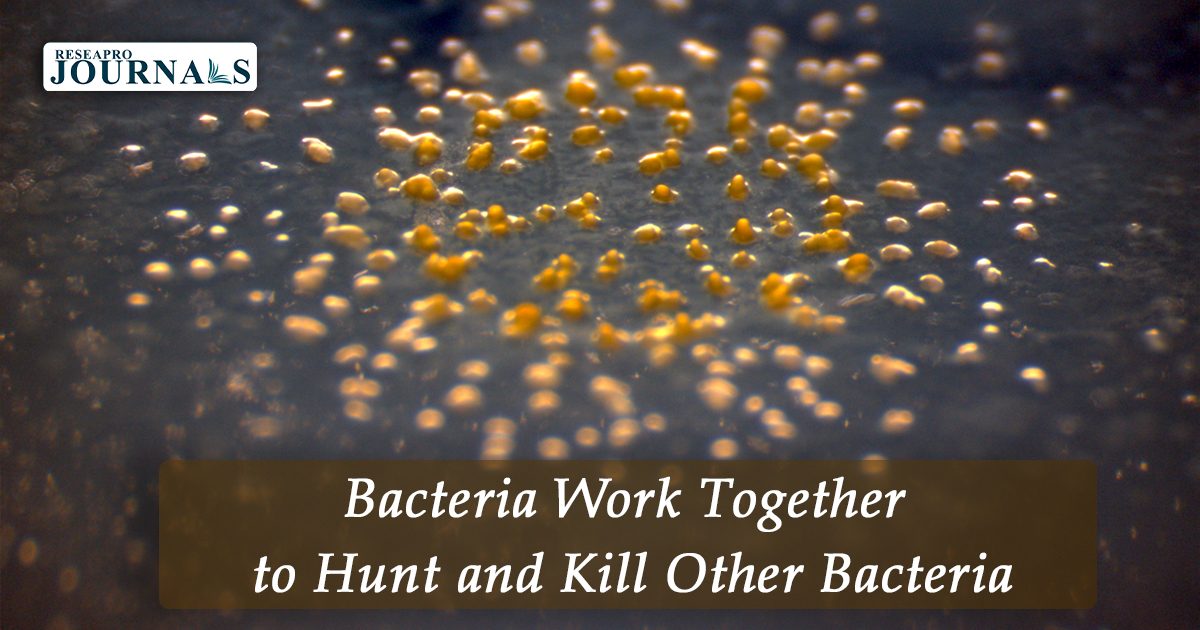|
Getting your Trinity Audio player ready...
|
Bacteria are often thought of as single-celled organisms, but some species, like Myxococcus xanthus, can work together to form complex colonies. These colonies are able to move collectively and hunt and kill other bacteria. A new study published in Nature Communications has shed light on how Myxococcus xanthus uses two different motility mechanisms to achieve collective motion: adventurous (A) and social (S) gliding. A-motility allows individual cells to explore their surroundings and find new prey colonies. Once a prey colony is found, A-motile cells release signals that attract other cells to the site. These cells then switch to S-motility, which allows them to move collectively and swarm the prey colony. The study found that both A- and S-motile cells are essential for efficient predation. A-motility is critical for ensuring the directional movement of both foragers and swarms, while the combined action of A- and S-motile cells within swarms leads to increased predation efficiencies. These findings suggest that Myxococcus xanthus uses a sophisticated system of collective motion to hunt and kill other bacteria. This system may have evolved to help Myxococcus xanthus compete for resources in the harsh environment in which it lives.




